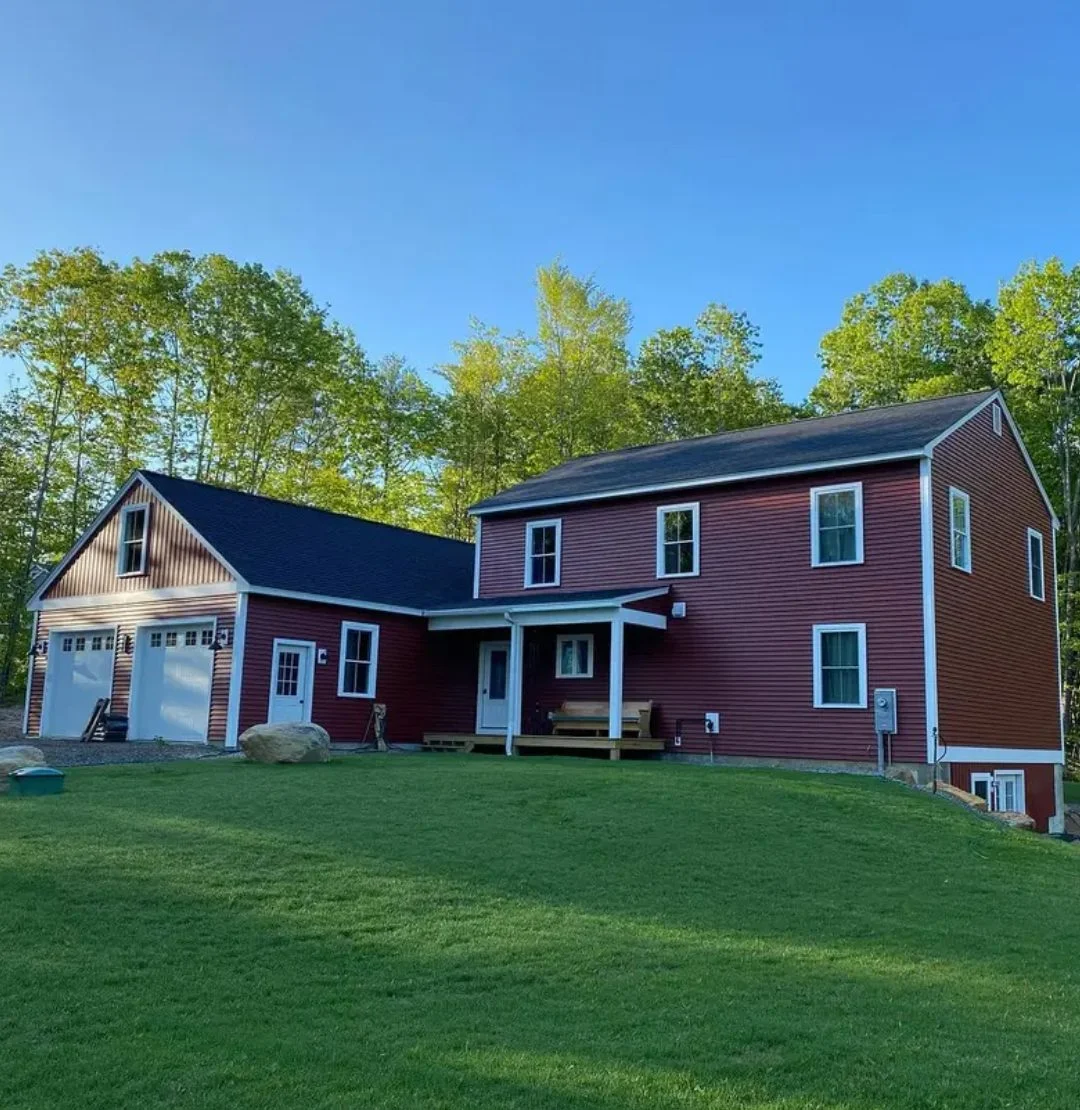What to Expect During a Lawn Grading Project in Tilton, NH?

A healthy, even lawn isn’t just about looks—it’s about functionality. Many homeowners in Tilton, NH face problems like pooling water, uneven ground, or struggling grass growth. These issues often trace back to poor grading. That’s where professional lawn grading services in Tilton, NH come in. If you’re considering a lawn grading project for your home, it’s natural to wonder what the process involves. Let’s walk through what to expect before, during, and after a lawn grading project.
Why Lawn Grading Matters
Before diving into the process, it’s important to understand why lawn grading is necessary. Grading creates a gentle slope in your yard to ensure water drains away from your home instead of pooling near the foundation or seeping into the basement. In addition to preventing water damage, grading also:
-
Improves lawn health by reducing waterlogging.
-
Provides a stable foundation for sod installation or seeding.
-
Enhances the appearance and usability of your outdoor space.
-
Reduces erosion and soil compaction over time.
For Tilton, NH homeowners, where heavy rains and melting snow are common, proper grading can save thousands of dollars in future repairs.
Step 1: Site Evaluation
The first stage of a lawn grading project is the evaluation phase. A professional contractor will visit your property to assess the slope, soil condition, drainage patterns, and any problem areas. They’ll also check for low spots where water collects and high spots that make mowing difficult.
At this stage, you can expect discussions about:
-
The current drainage issues you’re experiencing.
-
How much soil needs to be added, removed, or redistributed.
-
Whether additional solutions, like French drains or swales, are necessary.
This evaluation helps your contractor design a grading plan tailored to your property’s unique needs.
Step 2: Project Preparation
Once the plan is finalized, preparation begins. This step includes:
-
Marking the yard to identify the slope direction and areas needing adjustment.
-
Removing obstacles such as rocks, tree roots, or old turf.
-
Planning for irrigation systems if you have sprinklers or underground utilities that need to be protected.
In Tilton, NH, contractors typically aim for a slope of about 2–3% away from the house. This ensures efficient water drainage while keeping the lawn usable and level for landscaping or recreation.
Step 3: Soil Removal and Redistribution
The grading process starts with heavy equipment such as skid steers or tractors, depending on the size of your lawn. Soil is either removed, added, or redistributed to create a smooth, even slope.
Here’s what you’ll notice during this stage:
-
Topsoil stripping – The top few inches of nutrient-rich soil are often set aside so they can be reapplied after grading.
-
Re-sloping the yard – Contractors adjust the soil to achieve the correct grade away from your home and toward designated drainage areas.
-
Compaction checks – They may use rollers or grading blades to compact soil layers and prevent uneven settling later.
This step may look messy, but it lays the foundation for a healthy lawn and lasting drainage solution.
Step 4: Soil Enhancement and Leveling
After the rough grading is complete, the contractor will return the topsoil or add fresh soil to improve fertility. This step is critical if you plan to install new sod, seed, or landscaping features.
-
Topsoil spreading ensures the surface is level and ready for planting.
-
Fine grading smooths the surface, removing bumps and dips.
-
Amendments like compost, sand, or loam may be added to improve soil structure and drainage.
By the end of this step, your yard will look much smoother and closer to the finished product.
Step 5: Final Touches and Cleanup
Once the soil is properly graded, your contractor will handle the finishing touches. Depending on your project goals, this might include:
-
Installing sod or seeding for a new lawn.
-
Adding drainage solutions such as French drains, catch basins, or swales.
-
Preparing for landscaping like walkways, garden beds, or patios.
The cleanup process involves removing debris, leveling walkways, and ensuring the property is safe and tidy.
Step 6: Post-Project Care
After your lawn grading project in Tilton, NH is complete, it’s important to follow proper care instructions to maintain results. Your contractor will likely advise you to:
-
Water new sod or seed regularly to encourage strong root growth.
-
Avoid heavy foot traffic until the lawn is established.
-
Monitor drainage after heavy rain to ensure water is flowing correctly.
With proper maintenance, your newly graded lawn will not only look beautiful but also function effectively for years to come.
How Long Does It Take?
Most residential lawn grading projects in Tilton, NH can be completed in one to three days, depending on the yard size, soil condition, and complexity of the project. Larger properties or projects requiring additional drainage systems may take longer.
Final Thoughts
A lawn grading project may sound intimidating, but knowing what to expect makes the process smoother. From site evaluation and soil redistribution to the finishing touches and post-care, every step plays a crucial role in protecting your home and enhancing your outdoor space.
By investing in professional lawn grading services in Tilton, NH, you’re not just improving your lawn—you’re safeguarding your home’s foundation, creating better drainage, and setting the stage for a healthier, more attractive yard.








